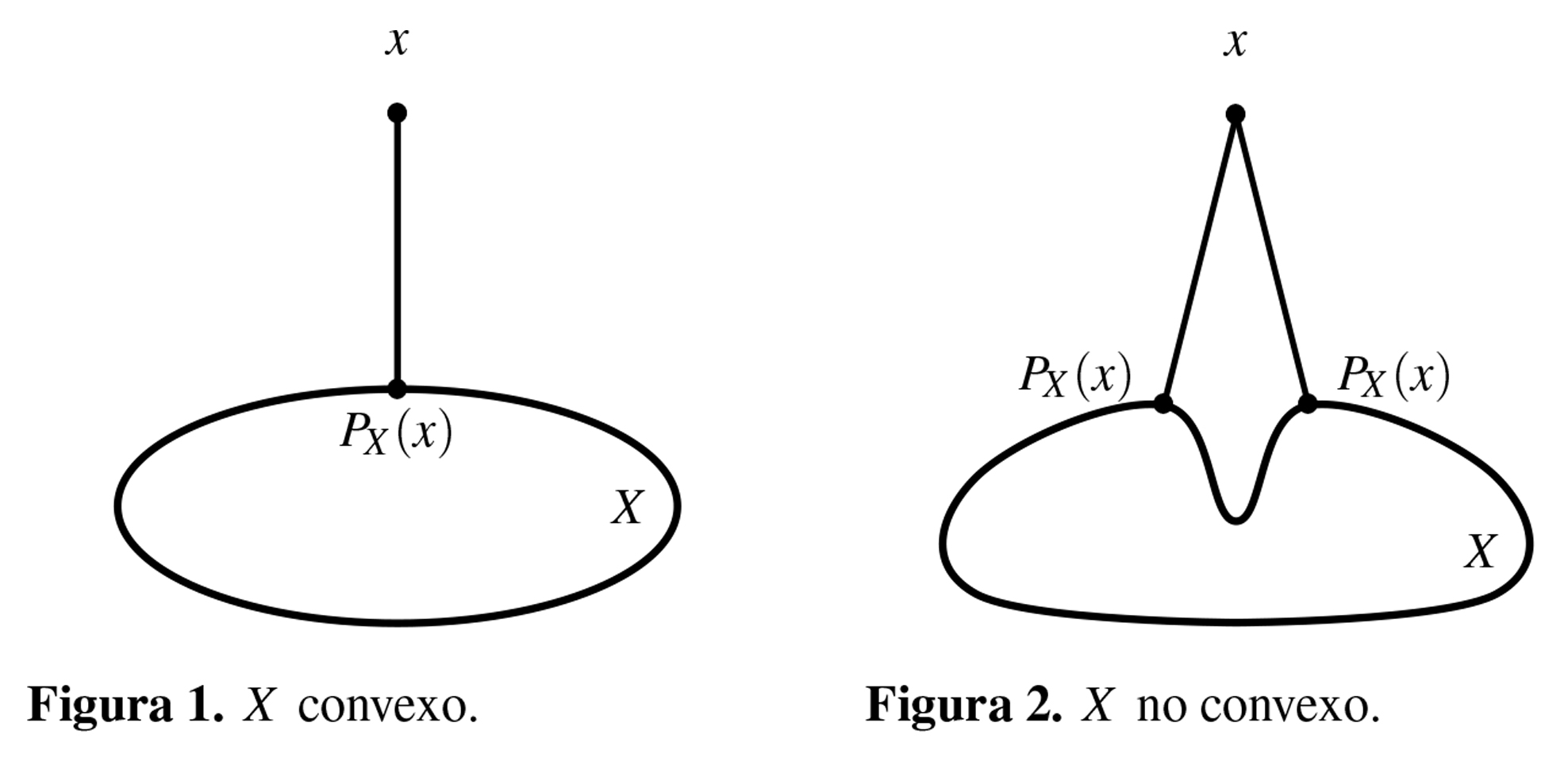Resumen
En este artículo realizamos una comparación numérica de dos métodos tipo Newton generalizado, que utilizan las funciones de complementariedad mínimo y Fisher - Burmeister, respectivamente y un método que utiliza proyecciones llamado algoritmo extragradiente. Dado que el problema de complementariedad no lineal es de gran interés para muchos investigadores por sus numerosas aplicaciones en Ingeniería y Física, presentamos un estudio numérico comparativo que permita elegir uno de los métodos según la necesidad.
Referencias
Abaffy, J., Broyden, C., y Spedicato, E. (1984). A class of direct methods for linear systems. Numerische Mathematik, 45(3), 361-376. doi: https://doi.org/10.1007/BF01391414
Anitescu, M., Cremer, J., y Potra, F. (1997). On the existence of solutions to complementarity formulations of contact problems with friction. SIAM Publications, (Complementarity and Variational Problems), 12 - 21.
Arenas, F., Pérez, R., y Vivas, H. (2016). Un modelo de redes neuronales para complementariedad no lineal. Revista integraci´ón, 2(1), 180-181. doi: https://doi.org/10.18273/revint.v34n2-2016005
Broyden, C., Dennis, J., y Mor´ e, J. (1972). On the local and superlinear convergence of quasi-Newton methods. Department of Computer Science, Cornell University. doi: https://doi.org/10.1093/imamat/12.3.223
Abaffy, J., Broyden, C., Spedicato, E. (1984). A class of direct methods for linear systems. Numerische Mathematik, 45(3), 361-376. doi: https://doi.org/10.1007/BF01391414
Anitescu, M., Cremer, J., Potra, F. (1997). On the existence of solutions to complementarity formulations of contact problems with friction. SIAM Publications, (Complementarity and Variational Problems), 12-21.
Arenas, F., Pérez, R., Vivas, H. (2016). Un modelo de redes neuronales para complementariedad no lineal. Revista integración, 2(1), 180-181. doi: https://doi.org/10.18273/revint.v34n2-2016005
Broyden, C., Dennis, J., Moré, J. (1972). On the local and superlinear convergence of quasi-Newton methods. Department of Computer Science, Cornell University. doi: https://doi.org/10.1093/imamat/12.3.223
Chen, A., Oh, J., Park, D., Recker, W. (2010). Solving the bicriteria traffic equilibrium problem with variable demand and nonlinear path costs. Applied Mathematics and Computation, 217(7), 3020-3031. doi: https://doi.org/10.1016/j.amc.2010.08.035
Clarke, F. (1975). Generalized gradients and applications. Transactions of the American Mathematical Society, 205, 247-262.
Facchinei, F., Pang, J.-S. (2003a). Finite-dimensional variational inequalities and complementarity problems. En Springer Series in Operations Research and Financial Engineering (Vol. 1). Springer-Verlag, New York. doi: https://doi.org/10.1007/b9754312
Facchinei, F., Pang, J.-S. (2003b). Finite-dimensional variational inequalities and complementarity problems. En Springer Series in Operations Research and Financial Engineering (Vol. 2). Springer-Verlag, New York. doi: https://doi.org/10.1007/b97543
Ferris, M., Pang, J. (1997). Engineering and economic applications of complementarity problems. SIAM Review, 39(4), 669-713. doi: https://doi.org/10.1137/S0036144595285963
Fischer, A., Kanzow, C. (1996). On finite termination of an iterative method for linear complementarity problems. Mathematical Programming, 74(3), 279-292. doi: https://doi.org/10.1007/BF02592200
Goldstein, A. (1964). Convex programming in hilbert space. Bulletin of the American Mathematical Society, 70(5), 709-710. doi: https://doi.org/10.1090/S0002-9904-1964-11178-2
Korpelevich, G. (1976). The extragradient method for finding saddle points and other problems. Ekonomika i matematicheskie metody, 12(4), 747-756.
Kostreva, M. (1984). Elasto-hidrodinamic lubrication: A non-linear complementarity problem. International Journal for Numerical Methods in Fluids, 4(4), 377-397. doi: https://doi.org/10.1002/fld.1650040407
Levitin, E., Polyak, B. (1966). Constrained minimization methods. USSR Computational Mathematics and Mathematical Physics, 6(5), 1-50. doi: https://doi.org/10.1016/0041-5553(66)90114-5
Lopes, V., Martínez, J., Pérez, R. (1999). On the local convergence of quasi-Newton methods for nonlinear complementary problems. Applied Numerical Mathematics, 30(1), 3-22. doi: https://doi.org/10.1016/S0168-9274(98)00080-4
Pang, J.-S., Qi, L. (1993). Nonsmooth equations: Motivation and algorithms. SIAM Journal on Optimization, 3(3), 443-465.
Wang, F., Deng, H., Gao, Y., Lei, J. (Eds.). (2010). Artificial intelligence and computational intelligence - international conference, AICI 2010, sanya, china, october 23-24, 2010, proceedings, part II (Vol. 6320). Springer. doi: https://doi.org/10.1007/978-3-642-16527-6
Xiu, N., Zhang, J. (2003). Some recent advances in projection-type methods for variational inequalities. Journal of Computational and Applied Mathematics, 152(1), 559-585. (Proceedings of the International Conference on Recent Advances in Computational Mathematics) doi:https://doi.org/10.1016/S0377- 0427(02)00730-6
Yong, L. (2010). Nonlinear complementarity problem and solution methods. En Proceedings of the 2010 international conference on artificial intelligence and computational intelligence: Part i (p. 461-469). Springer-Verlag. doi: https://doi.org/10.1007/978-3-642-16530-655

Esta obra está bajo una licencia internacional Creative Commons Atribución-NoComercial-SinDerivadas 4.0.
Derechos de autor 2023 Revista de la Academia Colombiana de Ciencias Exactas, Físicas y Naturales

